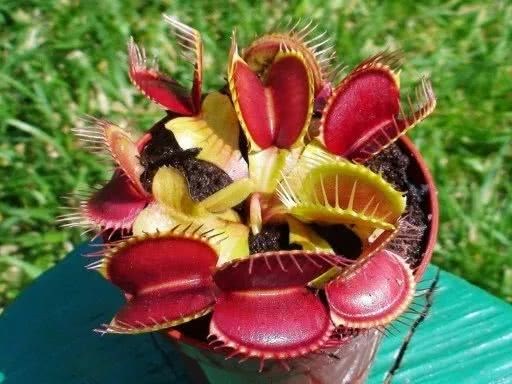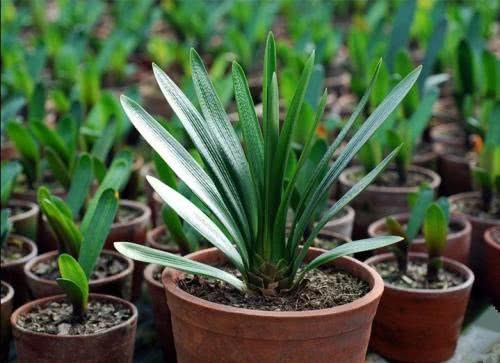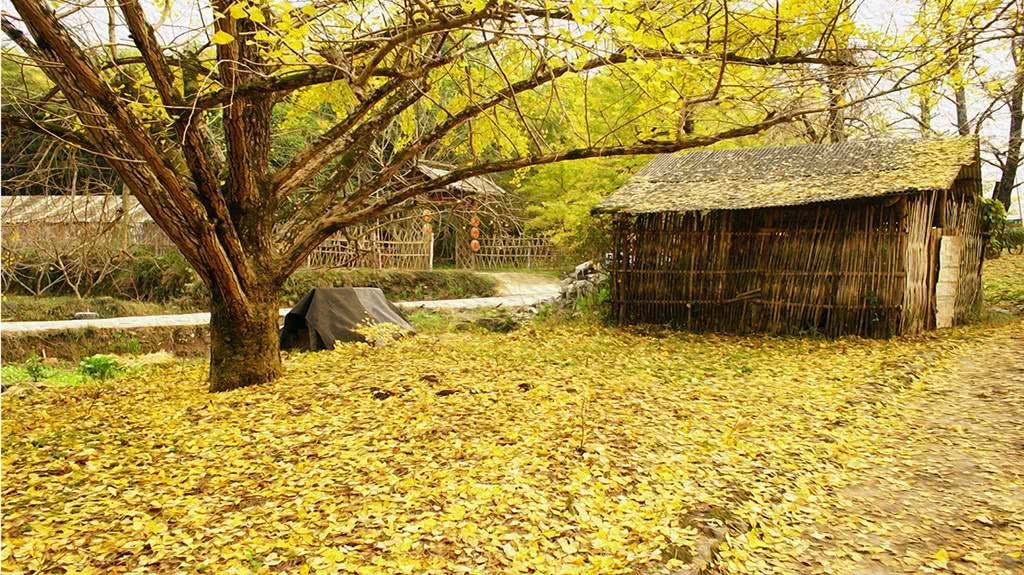Which of the techniques do you prefer to grow insectivorous potted plants indoors?

Cordyceps-eating plants are very attractive to many amateurs. They are also called carnivorous plants. They absorb nutrients by eating insects, which is different from the way other plants use root worms to absorb nutrients in soil.
Most of the insectivorous plants grow in sunny swamps or moist lowlands, and the soil is particularly barren, but the leaves of these plants are rich in insects, and their leaves evolve into traps that specifically catch insects. absorb the nutrients of insects to survive.
These insectivorous plants give off the sweetness that these insects like, attracting butterflies, moths, ants and other types of small insects. There are more than 600 carnivorous plants in the world, and their growing environment is being destroyed. If you see wild carnivorous plants, you must dig them privately. They may be endangered species. It is best to buy them at a horticultural store.
The above Cordyceps-eating plant is the flycatcher, and its clip has a little sharp thorn on it. As long as the insect touches it, the clip will contract. Of course, it will do no harm to people.
The growth of insectivorous caterpillar fungus needs adequate environment and humid environment, they usually grow in tropical and subtropical areas, friends in the north can only be maintained as indoor pots, and there are a very small number of extremely hardy insectivorous plants that can survive in the cold environment of the north.
Most insectivorous plants are very afraid of the cold. When the temperature drops to about 10 degrees, they need to be moved indoors to protect them from the cold. In winter, they can be placed on sunny windowsills facing east or south. Give as much scattered light as possible every day.
For novice flower growers, it is not difficult to maintain Cordyceps carnivorous plants. They like sunny and humid environments. They can be raised directly in a glass container with 3-5cm deep water. After that, potted Cordyceps carnivorous plants are placed inside, which can promote the growth of Cordyceps carnivorous plants.
Novice cultivation of Cordyceps sinensis plants need to prepare some gravel, water moss and coarse sand, Cordyceps carnivorous plants have no requirements for soil fertility, it does not like fertile soil, like loose air permeability and strong water retention peat soil, must not be cultivated as insectivorous plants to add fertilizer, because they like barren soil.
Before cultivating Cordyceps sinensis plants, you can first cover the bottom with a layer of granular stone to maintain good drainage, and then wrap the potted Cordyceps sinensis plants with water moss, and do not remove the peat soil and perlite that wrap the roots.
Potted insectivorous plants need to be watered thoroughly after they have been planted. To cultivate them, you must use a container with drainage holes. The tray at the bottom of the pot can be filled with some water to keep the water moss moist and humid.
Conservation is Cordyceps sinensis plants should also pay attention to maintain more light, avoid being kept in shady places, at least keep the light bright, except for the appropriate shade when the summer temperature is higher, other seasons can give more sunshine to avoid exposure.
Note:
Not all species of insectivorous plants prefer sunny environments, such as pansy and raccoon algae.
Several common species of insectivorous plants:
1. Flytrap
The characteristic of the flytrap is very obvious, it has a very unique clip, that is, it is used to catch insect traps, such as common mosquitoes, ants, flies and other small insects, but it should be noted that its clip will only open a few times in its life, so don't play with its clip.
Flytrap likes more light and humid environment, pay attention to maintain humidity, avoid infection, as the plant grows, its bottom leaves will blacken and wither, you need to cut off these blackened leaves in time.
2. Castanopsis carlesii
Cordyceps sinensis is a kind of carnivorous plant that looks like a blanket. it has many different kinds, like enough light, keep the environment moist, pay attention to keep high air humidity and avoid dry air.
There are a lot of furry sticky hairs on the poles of thatched vegetable. These are the traps it uses to catch insects, which will be stuck when they fly to them.
3. Bottle grass
Pitcher grass looks a bit like pitcher grass, but its leaves are very unique, just like bottles. There are traps in the bottles to attract insects, and there is fluff at the mouth of the bottle, which is used to catch insects.
4. Pitcher plant
The pitcher plant looks very unique. A small cage-like cage grows at the end of each leaf, which is the trap they use to catch worms. If you want to keep the cage longer, it is best to spray water around it frequently. Keep the air humidity high, avoid drying, and keep the maintenance temperature above 10 degrees.
- Prev

It's time to put autumn fat and pour oil leaves and green flowers into the pot and you can find a big tall one.
An autumn rain and a cold, several days of cloudy days, a change from the past muggy, but the growth of the flowers still do not improve! What's the deal? Summer is over, it's time to put on autumn fat! If you feed some oil to the flowers, you will grow big and tall! So today.
- Next

The magnolia doesn't blossom at home? The soil of the flowerpot is still hard, so why don't you change the pot?
The hot summer is about to pass, and it will be a cool autumn. We all know that autumn is the harvest season. All fruits and vegetables are harvested at this time. Some flowers and plants are no exception. Autumn is their season all year round.
Related
- Wuhan Hospital Iron Tree Blooming Result Was Instantly Frightened by the Gardener Master
- Which variety of camellia is the most fragrant and best? Which one do you like best?
- What is the small blue coat, the breeding methods and matters needing attention of the succulent plant
- Dormancy time and maintenance management of succulent plants during dormancy
- Minas succulent how to raise, Minas succulent plant pictures
- What are the varieties of winter succulent plants
- How to raise succulent plants in twelve rolls? let's take a look at some experience of breeding twelve rolls.
- Attention should be paid to water control for succulent plants during dormant period (winter and summer)
- Watering experience of twelve rolls of succulent plants
- Techniques for fertilizing succulent plants. An article will let you know how to fertilize succulent plants.

